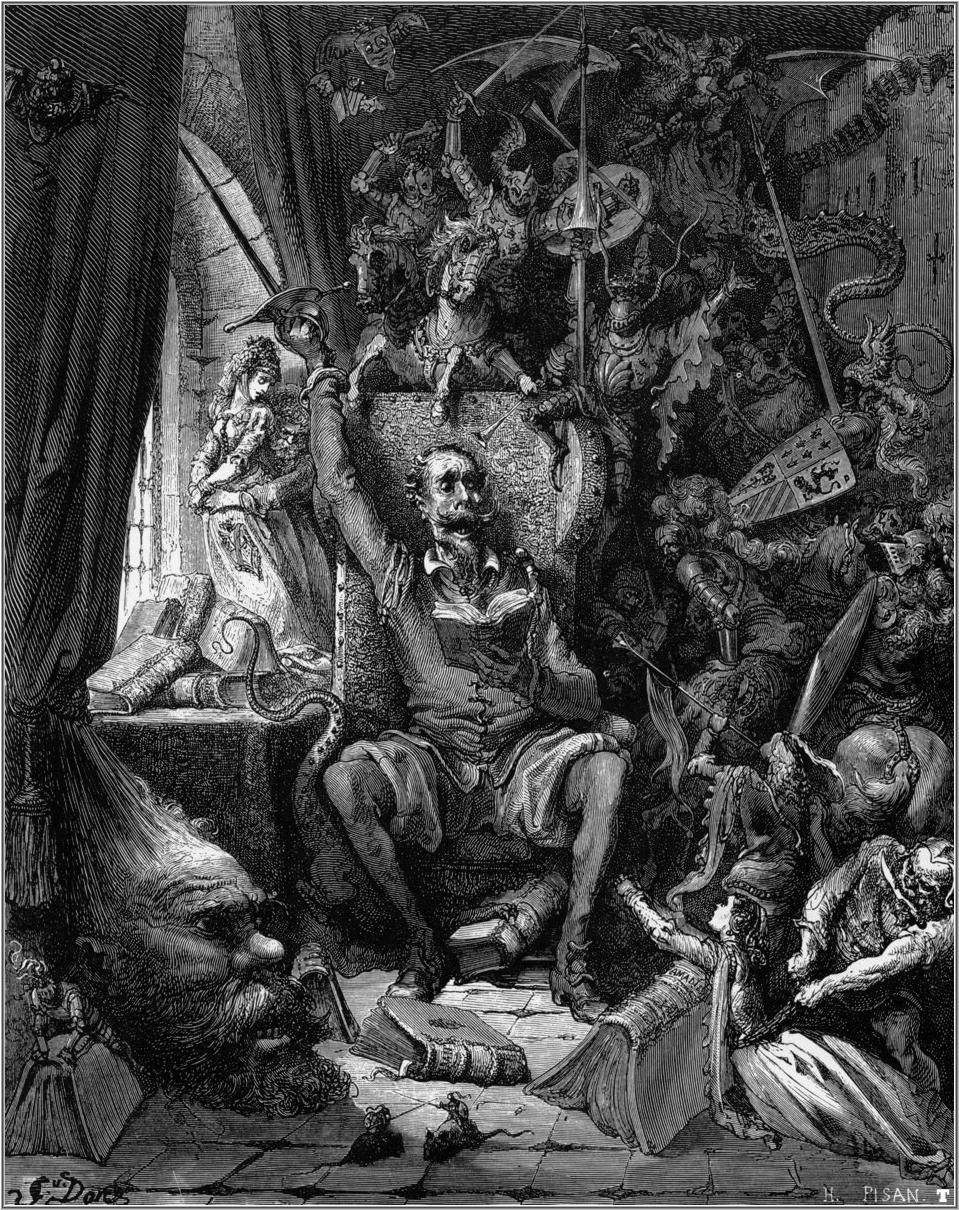(The results of an experiment, described in the first and second parts of this series about the writerly reader. A condensed version of this study appears in my book Narrative Madness, which you can acquire at narrativemadness.com or on Amazon. I have sometimes altered spelling, punctuation and capitalization in the responses to make them more accessible.)
The Conflict
Twenty respondents (71%) gave their longest answers to the question “What happened?”, sometimes two, three, four and five times longer. Obviously, this is the part of the story that matters.

